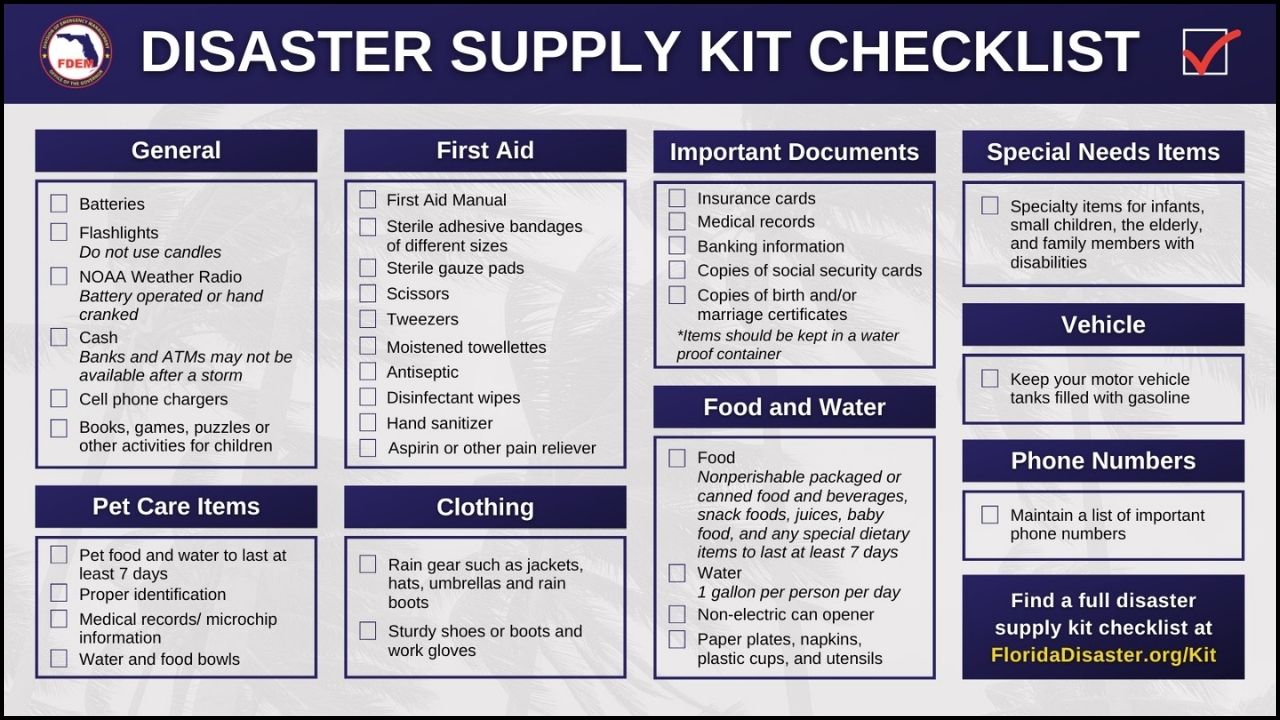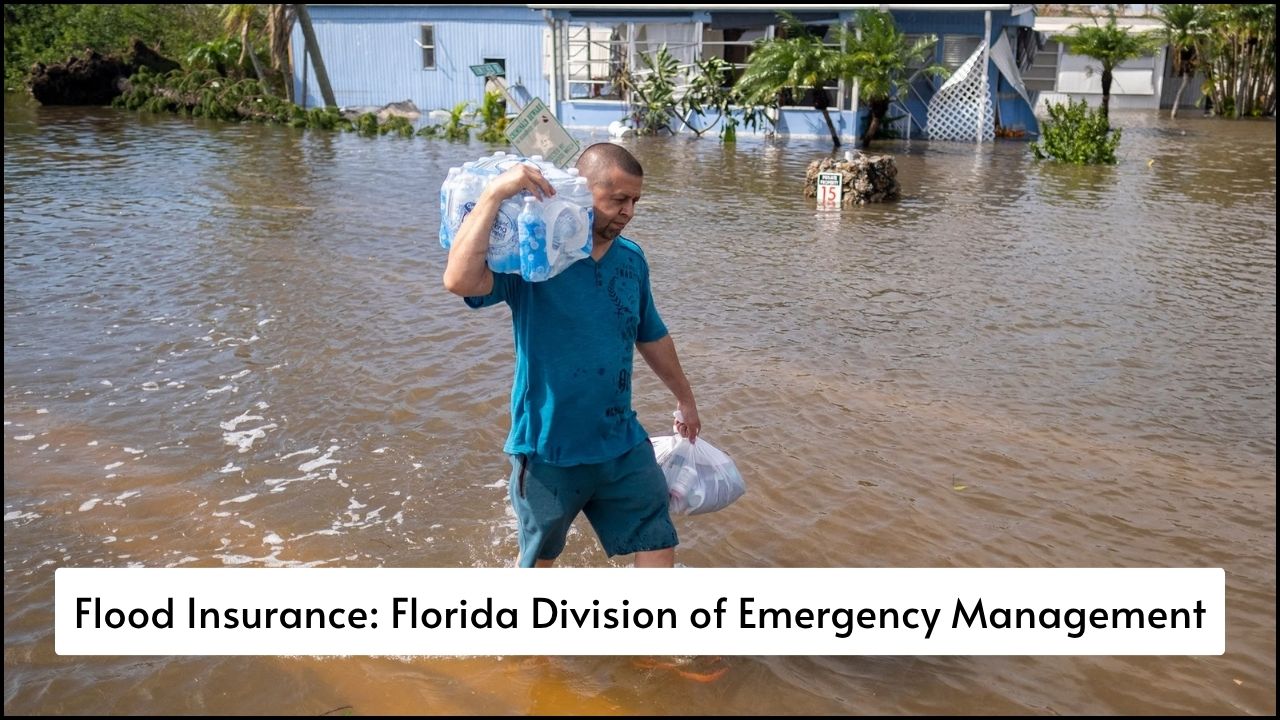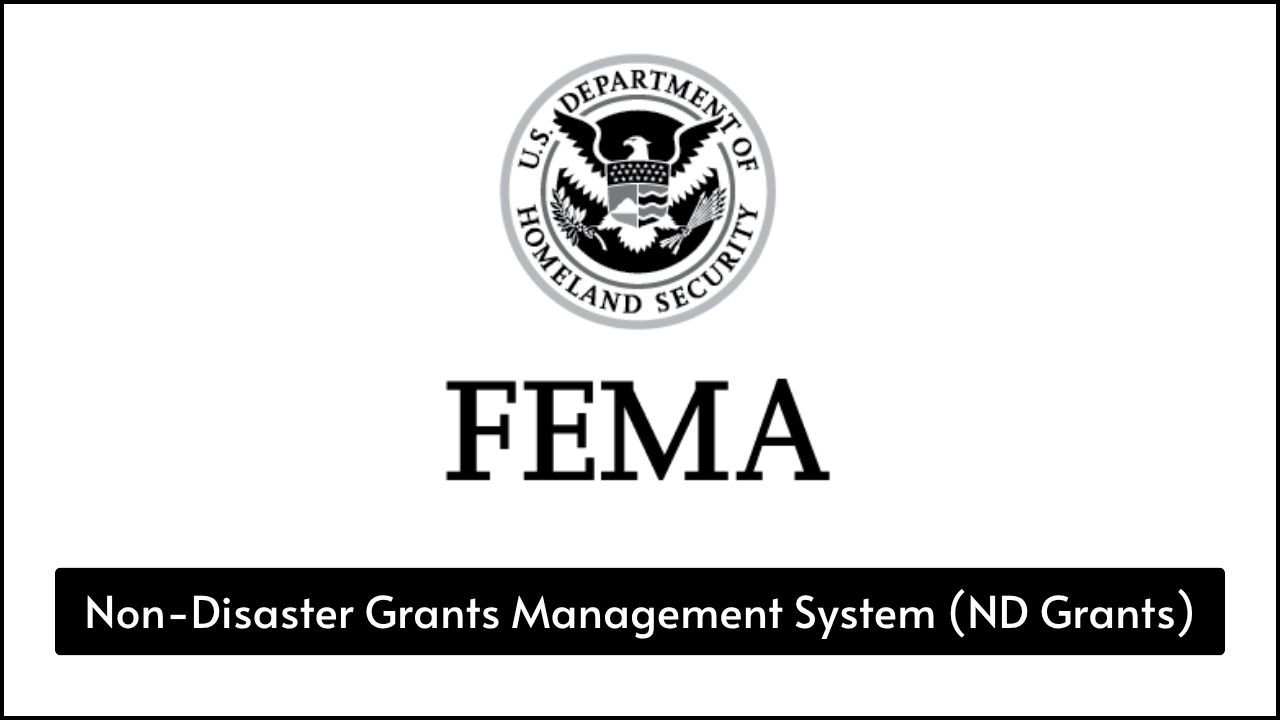
The National Incident Management System (NIMS) is a framework developed by the Federal Emergency Management Agency (FEMA) to ensure that communities across the United States are ready to deal with emergencies. NIMS brings together local, state, tribal, territorial, nongovernmental, and private sector partners. These partners work as one team to prevent incidents, respond quickly when something happens, and recover after the situation is under control. This system provides a shared language, clear processes, and strong coordination tools.
Table of Contents
Implementation and Training
Proper implementation and training are important for NIMS to work effectively. Local, state, tribal, and territorial governments must follow NIMS if they want to receive federal preparedness grants. These requirements help create a uniform approach to managing incidents.
Key Points about Implementation and Training
- Adoption Requirement: All U.S. jurisdictions must adopt NIMS to be eligible for certain federal grants.
- Training Courses: FEMA offers structured courses to train personnel at all levels. These courses include online and classroom options.
- Guidance Materials: Various documents, checklists, and handbooks are available to help agencies understand and apply NIMS principles.
- FEMA Regional Coordinators: Each region has an expert who supports local governments in their NIMS journey.
NIMS Training Components
| Training Level | Focus Area |
|---|---|
| IS-100 (Introduction) | Basic NIMS concepts and roles |
| IS-200 (Single Resources) | Supervision in small incident environments |
| IS-700 (NIMS Overview) | Introduction to NIMS policies and principles |
| IS-800 (National Response) | Overview of the National Response Framework |
| Position-Specific Training | Advanced training for roles such as Incident Commander or Operations Section Chief |
Benefits of NIMS Training
- Improved Coordination: Trained teams can communicate more effectively during emergencies.
- Faster Response: Shared systems help reduce confusion and speed up decision-making.
- Increased Funding Opportunities: Adoption and training meet the grant requirements from FEMA.
- Professional Growth: Personnel gain valuable skills that enhance their careers in emergency management.
Guidance for Implementation
| Step | Description |
|---|---|
| Assess Readiness | Evaluate current systems and identify gaps in emergency response |
| Assign Responsibilities | Identify NIMS coordinators and establish leadership roles |
| Follow Implementation Guide | Use FEMA’s official NIMS Implementation Guide to align local practices |
| Conduct Training | Offer required NIMS training to personnel |
| Monitor and Evaluate | Regularly assess training effectiveness and adjust plans |
Tools for NIMS Components
NIMS is more than just training; it includes key components and tools that help in real-time disaster management.
Main NIMS Components
- Command and Coordination Structures: These include the Incident Command System (ICS) and Emergency Operations Centers (EOCs). These tools help in managing incidents efficiently.
- Resource Management: This includes typing resources, using mutual aid, and developing national qualifications. It ensures the right resources are available at the right time.
- Communications and Information Management: This part focuses on having reliable communication systems and sharing information on time.
Tools and Resources
| Tool | Purpose |
|---|---|
| National Qualification System | Helps define job titles and required skills for various emergency roles |
| Resource Typing Library Tool | Offers a standardized way to identify and request resources |
| Mutual Aid Agreements | Formal arrangements that allow the sharing of personnel and equipment during crises |
| EOC Toolkit | Helps set up and run Emergency Operations Centers effectively |
Role of FEMA Regional Coordinators
- Expert Support: FEMA assigns regional coordinators to help local and tribal governments understand and apply NIMS.
- Local Engagement: Coordinators work directly with their regions to offer workshops, webinars, and technical assistance.
- Problem Solving: These experts provide solutions to implementation challenges and help adjust strategies as needed.
Email Alerts and Updates
- Subscription Service: FEMA offers an email alert system. This helps agencies stay up to date with the latest tools, training updates, and guidance documents.
- Easy Access: Stakeholders can quickly access downloadable guides, videos, and templates through FEMA’s official site.
Common Challenges in Implementation
| Challenge | Solution |
|---|---|
| Lack of Awareness | Conduct outreach and basic NIMS education |
| Limited Resources | Use mutual aid and apply for federal grants |
| Resistance to Change | Highlight benefits and provide success stories from other jurisdictions |
| Staff Turnover | Maintain a training schedule and documentation for continuity |
Examples of Effective Implementation
- State-Level Adoption: Many states have passed laws to enforce NIMS use in all emergency planning processes.
- School and Hospital Training: Educational institutions and health facilities also adopt NIMS to ensure safety during incidents.
- Business Sector Involvement: Private companies use NIMS tools to prepare for cyberattacks or natural disasters.
Best Practices for Ongoing Success
- Regular Drills: Routine exercises ensure that skills remain sharp and systems are up to date.
- After-Action Reviews: These help agencies learn from past events and improve future responses.
- Community Involvement: Engaging the public builds a culture of preparedness and strengthens local responses.
Closing Reflections
NIMS provides a strong base for coordinated emergency management across the nation. Implementation, training, and the use of practical tools ensure that all partners can work together when it matters most. By following the guidance, using the available tools, and staying in touch with FEMA experts, communities can be better prepared to face any incident, protect lives, and recover quickly.





